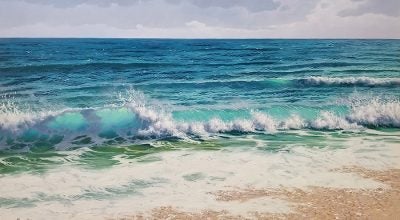Protect and preserve our unique assets
Published 12:35 am Tuesday, March 22, 2011
Eastern North Carolina is chock full of places, events, history and other items that draw tourists to its communities and landscapes.
There’s history. From the earliest days of colonial settlements, to the state’s first incorporated town, to the Revolutionary War, to the Civil War to the Wright Brothers at Kill Devil Hills (that’s right, Kill Devil Hills, not Kitty Hawk), eastern North Carolina has history.
There’s the land. From its beaches, to its lighthouses, to its wildlife refuges, to its coastal plains, to its estuaries, eastern North Carolina has natural and man-made beauty.
There’s the culture. From eastern North Carolina-style barbecue, to diverse agricultural practices, to quilting societies, to the different lifestyles within its confines, eastern North Carolina has a diverse society.
Tourists come to see those things for many reasons. And because they come in great numbers, tourism is big business in eastern North Carolina.
Well, it seems there’s an effort to capitalize on those assets ą and protect and preserve those assets. There is an effort under way that seeks to designate eastern North Carolina as a National Heritage Area.
At three forums next week (see related article on today’s front page), the public will have opportunities to provide input on that effort. North Carolina’s Northeast Commission, North Carolina’s Eastern Region Commission and North Carolina’s Southeast Commission are behind that effort.
That effort deserves serious consideration by those of us who live in eastern North Carolina. Obtaining designation as a National Heritage Area likely would prove beneficial to the region.
“The designation has both tangible and intangible benefits. Heritage conservation efforts are grounded in a community’s pride in its history and traditions, and in residents’ interest and involvement in retaining and interpreting the landscape for future generations,” reads the National Heritage Area program’s website. “It offers a collaborative approach to conservation that does not compromise traditional local control over and use of the landscape. Designation comes with limited financial and technical assistance from the National Park Service.”
Eastern North Carolina residents and communities should further explore this initiative. It could prove useful in protecting and preserving those items that make eastern North Carolina unique and attractive to its residents and those who visit.
Eastern North Carolina is a special place that deserves to be protected and preserved.





